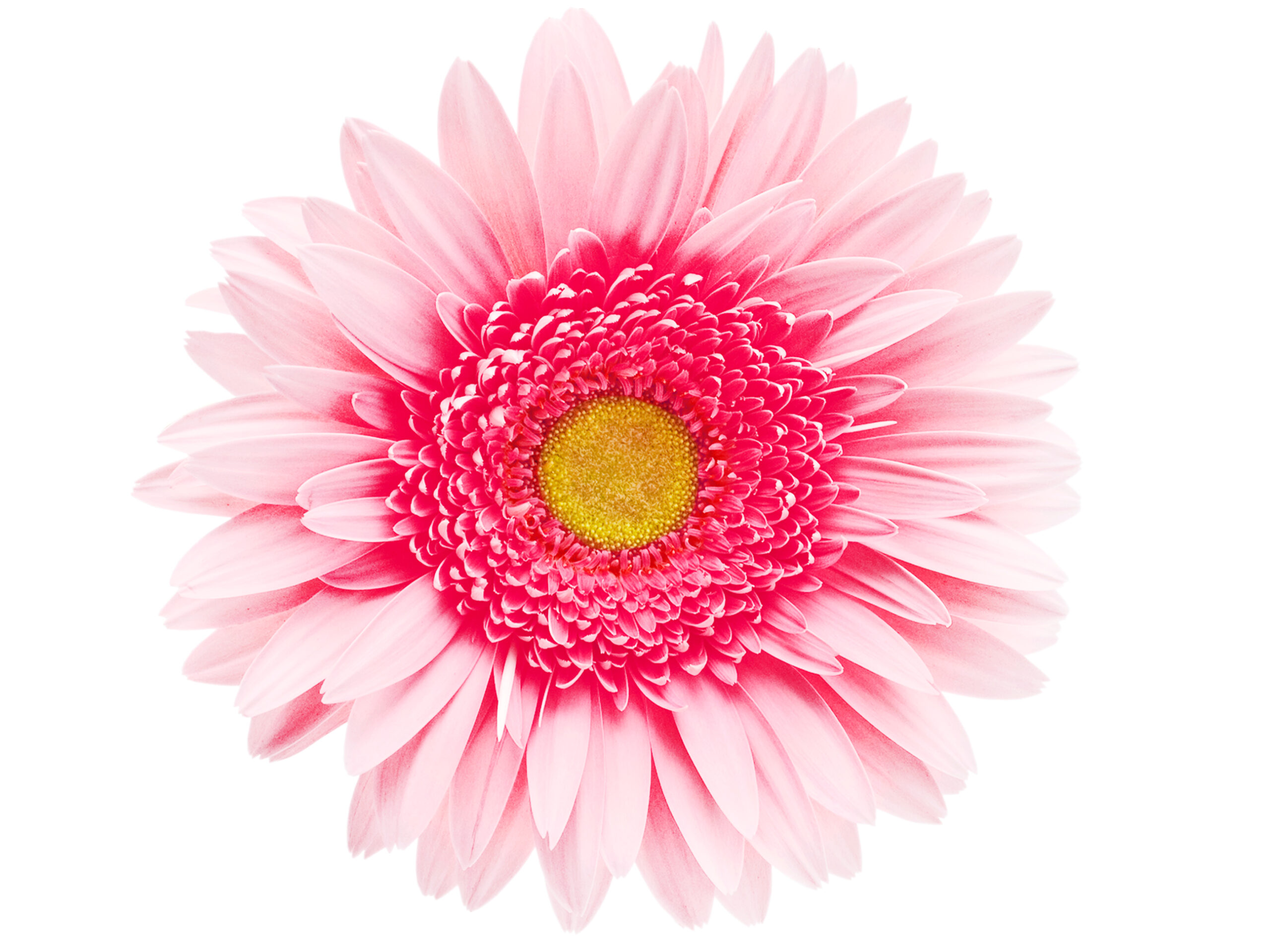Hello!
Today I am going to talk about how to grow Patchouli. This plant is actually a herb in the mint family. The other thing I found in my research is patchouli has an aroma synonymous with the hippie era. My niece is interested in growing Patchouli, and maybe creating her own essential oils from it.
 So I decided to do some research get this information for her and anyone else who is interested in growing patchouli either as an annual or a perennial, if you live in the warm grow zones. My niece is in Phoenix Arizona area which I believe the grow zone is 10, which she will be able grow this year around where she lives. Any zone lower will be an annual or bring indoors for the winter.
So I decided to do some research get this information for her and anyone else who is interested in growing patchouli either as an annual or a perennial, if you live in the warm grow zones. My niece is in Phoenix Arizona area which I believe the grow zone is 10, which she will be able grow this year around where she lives. Any zone lower will be an annual or bring indoors for the winter.
A little History
The botanical name for Patchouli is Pogostemon cablin, pronounced [po-go-STEE-mon] [CAB-lin]
The word “patchouli” itself means “green leaf” because it comes from a herb growing green bush that’s part of the mint family. It’s native to Southeast Asia, the South Indian people, known as the Tamil, actually developed some of its first uses and named the plant. They used it for medical purposes, insect repellent, used for cooking and drinking in as a tea. 
1837 is when patchouli was known as a recognizable scent and found it’s way to the Western world very fast. The rich earthy aroma with a slight mint undertone became a very well-known in the 1960s and 1970s around people who were referred to as “hippies.” Men and women with long hair, with a free spirit, and a carefree way of dressing became associated with the fragrance.
How to grow Patchouli
- Patchouli grows best in zones 10-11 – to be grown as a perennial
- This herb does well in full to partial sun
- Can grow up to 3 feet in optimum conditions.
- Patchouli herb plant thrives in a soil pH of between 5.5 and 6.2.
- Well drained soil and water after first inch is dry
This perennial herb has furry, green and ovate leaves. Patchouli plants blossoms have white tinged with purple and arise from purplish stems.
The shrubby plant’s small seeds are best sown in warm soil, and germination typically takes one to three weeks. Make sure the soil is well drained, moist but not waterlogged. This plant does well in containers too for us northern people who would need to bring the plant in before frost. When growing in container, check the soil to make sure it doesn’t get too dry. Container gardening can need more water due to the heat of the summer drying the soil quicker than if planted in the ground.
This non-edible herb has large fragrant leaves, are used in potpourri, oils, and incense. To release the essential oils, steam or dry and rub the leaves. Patchouli essential oil is created by steam distillation of the leaves to produce the pure oil that was very popular at the time.
Caring for your Patchouli Plant
It;s best to fertilize the herb each spring with an NPK plant food with a ratio of 10-10-10 and thereafter once each month until the fall. Prune any leaves that are dying, diseased and damaged. Patchouli is susceptible to infection with leaf blight. Prior to pruning the plant, dip the shears in a mix of 70 percent denatured alcohol and 30 percent water to retard the spread of the disease. Caterpillars love patchouli plants as well, so be sure to find them and remove them.
Watering in the winter should be reduced to allow the plant to go into dormancy. If you are growing patchouli plant(s) in containers, they can be moved indoors for protection, especially in areas with harsh winters.

First acclimate the plant by setting it in a shady area for a few days prior to bringing it inside; this will keep it from becoming shocked by the sudden temperature shift. Place the container in a south facing window where it can then receive at least six hours of sunlight.
Patchouli Plant Uses
The heady essential oils are used not only for scenting the body and garments, but have been used as an antidepressant, anti-inflammatory, antiemetic, antiseptic, antimicrobial, an astringent, decongestant, deodorant, diuretic, fungicide, sedative and prophylactic.
This pungent oil is said to cure or aid in acne, athlete’s foot, cracked or chapped skin, dandruff, dermatitis, eczema, fungal infections, hair care, impetigo, insect repellent, oily scalp treatment, and to cure open sores and wounds and even to eliminate wrinkles!
Flowers appear in late fall. As with the rest of the plant, the flowers are very fragrant. They also produce tiny seeds used for propagation. Harvest patchouli on dry mornings when the essential oils have peaked to get the most benefit from the plant.
**The information above regarding plant uses is informational only and only for gardening purposes, this in not intended to be for medical advice**
Propagating from Stem Cuttings
Select a section of the plant containing several sets of leaves. The cuttings should measure at least 5″ to 6″ inches long. Remove the lower sets of leaves from the cuttings. Cuttings may be planted directly in the ground or containers. When planting outdoors, keep the cuttings spaced at least 12″ inches apart. This provides optimal room for the roots to spread. The cuttings should take root within several weeks. The young plants shouldn’t need transplanting.

Pest Problems with Patchouli Plants
- The plant isn’t invasive or toxic but may suffer from a few pests or disease problems.
- Outdoor plants may attract a variety of insects.
- Most insects are easily removed with a damp cloth.
- Don’t use a chemical-based insecticide if planning on harvesting the leaves.
- Indoor and outdoor plants may also suffer from root wilt due to a variety of issues.
- Common causes of wilt include fungal and bacterial infections.
- If the leaves start to drop and the roots wilt, try to save the plant through propagation.
- Remove several healthy cuttings to produce new growth.
Happy Planting!
Patchouli is a very interesting herb. I like that the flowers and leaves have a strong aroma and some of the health benefits that go with Patchouli, This can also be used for a mosquito repellent. I like the smell of Patchouli, I might have to get me a plant to grow indoors.
If you are looking for plants, check out my review.
Does anyone else grow Patchouli or tried to grow Patchouli? Leave a comment below, I would love to hear from you!. Please share any gardening ideas that may be helpful to others!
Cheers!
Chris



Hello! There is a certain particularity in patchouli… a certain rareness. While it’s part of the mint family, patchouli does not smell fresh and cool the way typical mint varieties in the grocery store do. Instead, it smells sweet, spicy, and musky. Had you ever stopped to think about it? Do you agree?
Hi Paolo,
I have never grown Patchouli. I have smelled it in my essential oils bottle. My niece wanted to learn how to grow Patchouli so I research it for her. I do agree with you on the smell though. Thank you for your comments
Great article on how to grow Patchouli. I had not heard of it before so I’m glad you’ve provided all this valuable information. It’s great that it has so many benefits. I would love to grow it. I currently grow indoors, basil, tomatoes, peppers and parsley. Where do you get Patchouli from to get started?
Thank you for your comments. Please stop back for more gardening tips!
This is a lovely plant to have in the garden and the smell is heavenly. I guess I’m a hippie girl from way back and I do associate this scent with free-thinking, fun-loving people. I have a large one of these in my backyard and it brings masses of bees to our garden. I often crush a few leaves when I walk past of when I am weeding and it always brings a smile to my face.
I love your gardening advice, thanks.
Hi Lily,
I like the smell of Patchouli too. I might have to grow some in my garden too. Thank you for your comments.
I haven’t tried growing Patchouli myself yet, but I also really like the scent, and I’ve used products with this flavor in the past (e.g. liquid body soap, essential oil).
First I have to check how it is with growing Patchouli in our country, I think it will be a more appropriate option to plant it in a pot that I can move indoors in the cold months. Thanks for all the tips on how to grow and how to care for Patchouli plant, what everything is useful for, what are the possible pest problems. And for some interesting historical data. Lots of useful tips and ideas!
Friendly greeting,
Nina
Hi Nina,
I also have not grown patchouli either. I might though. I did the research because my niece wanted to know how to grow it.
I have a potted plant of patchouli that I bought from our local nursery and was looking for info about the herb and planting in the garden and found your site. I grow roses and am planting herbs around my roses to use as an insect repellant. I did not know this was an herb and was really surprised when I found the plant. When I rubbed the leaf and smelled the fragrance I bought it immediately. I was in college during the 60’s-the hippie years and was very drawn to the patchouli scent! I love it. Thank you for the info. Lynda
Hi Lynda,
Thank you for your comments. I love the smell of patchouli too! I am glad you found it and was able to plant in your garden. Very nice!